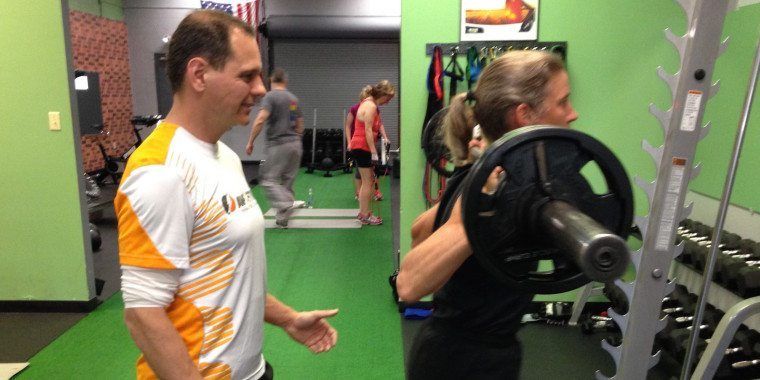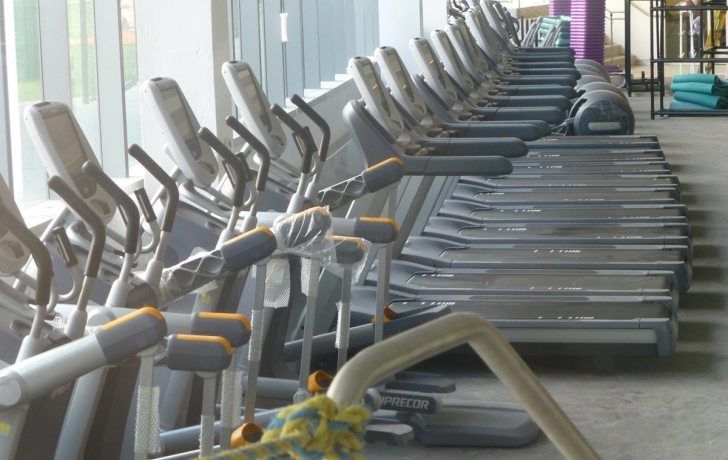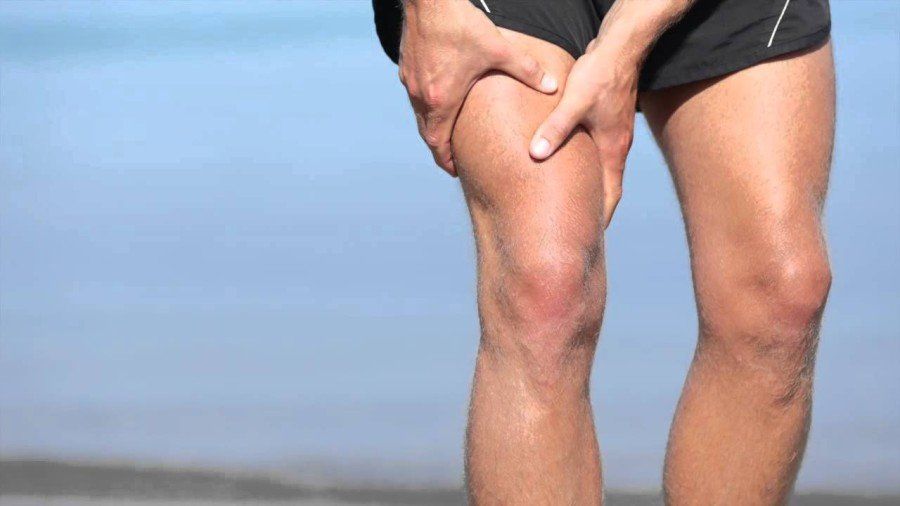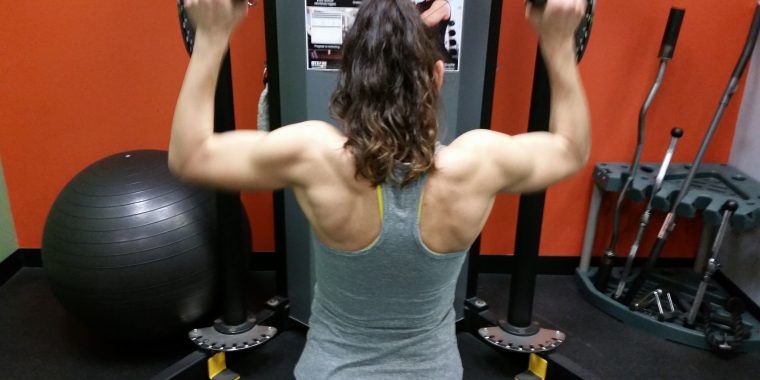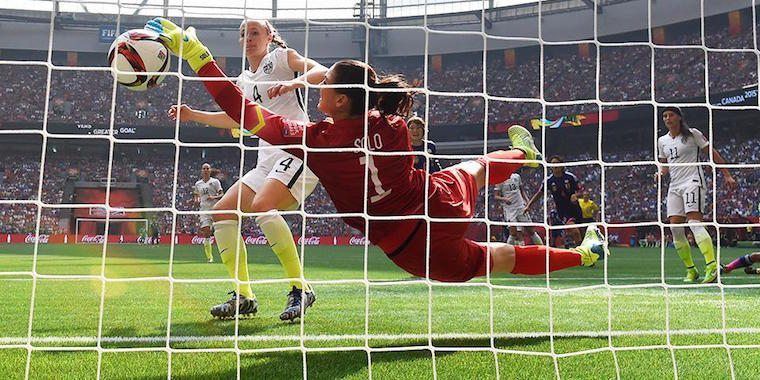As a key member of the U.S. women’s national soccer team that will compete at the Summer Olympics later this year in Rio, goalkeeper Hope Solo is looking for ways to keep her came sharp.
One way she is accomplishing that is by incorporating Muscle Activation Techniques into her regular workouts.
Muscle Activation Technique, or MAT, is a training system designed to restore balance and enhance function in the human body. When one of your muscles becomes too tight (hypertonic) or weak (inhibited) it can affect the function and range of motion of the joint it crosses. MAT exercises seek to optimize the contraction of a particular muscle, which in turn provides stability and increases your range of motion.
“You’re trying to learn your body from the inside out,” Solo said of her workouts in a Sports Illustrated article. “In the gym I work on movement that gets me to the ball faster.”
Solo’s workouts can be changed based on regular evaluations of her range of motion in her feet, hips, lower back, shoulders and spine, allowing her to constantly refine and improve he game.
An example of a MAT exercise to help improve hip flexion starts with placing the feet shoulder-width apart. Lift your left leg by squeezing your stomach muscles and contracting the right gluteus muscle, which creates a strong anchor for your hip flexors. Maintain the alignment in your hips for 30 to 60 seconds, then repeat with the opposite leg.
Workouts can also include reverse box jumps—starting on top of the box and jumping down to work on staying level and moving without dipping—circuit training and footwork drills using rubber rings or resistance bands, in order to maintain an equal distance between the feet.
According to Men’s Fitness, additional benefits of adding MAT to your workouts include:
- Increased Strength: You’re not working at your full potential if all of your muscles aren’t communicating effectively with your brain. If only 50 percent of your muscles are functioning, then you could literally double your strength with MAT.
- Improved Coordination: Your brain wants to keep your body safe from injury, but in doing so it sometimes formulates “blind spots” in the way you move. Your brain tells your body to use the strongest muscles to get from point A to point B, even if those muscles don’t function together in a clean line of movement. MAT helps strengthen the muscles that move in a direct path, making your movements quicker and more coordinated.
- Improved Flexibility: Inhibited muscles can send the wrong feedback to your brain and limit your range of motion. If you’ve been stretching for years without broadening your range, MAT may help you see some improvements.
- Lower Risk of Injury: MAT increases stability by strengthening weak muscles. If you find yourself landing wrong in a sport, you’ll be much less likely to tear a muscle or injure yourself.
- Less Pain: Pain is usually the result of long-term muscle dysfunction, or bad movement patterns that have been repeated for years. Combine this with improper communication between muscles and the brain, and you’re sure to be hurting. MAT improves the brain-muscle communication loop, which can decrease pain.
“You have to find new ways to train and new ways to look at your game,” Solo said of MAT training. “That’s what keeps me wanting to continue to grow.”
To learn more about incorporating MAT into your workouts, call AMP Fitness at 216-831-3674 or email us at info@ampfitness.com.
(Photo courtesy of si.com)
